National Spinal Cord Injury Awareness Month: Shining a Light on Empowerment and Progress
Every September, a crucial spotlight is cast on a topic that affects countless lives worldwide: spinal cord injuries. Spinal Cord Injury Awareness Month is a time of reflection, education, and advocacy, aimed at raising public awareness about the challenges faced by individuals with spinal cord injuries, promoting prevention efforts, and highlighting advancements in medical technology and support systems. This annual observance serves as a reminder that while the journey to recovery might be complex, the strength and resilience of those affected are equally remarkable.
A spinal cord injury can be life-altering, impacting an individual’s mobility, independence, and overall quality of life. Understanding the significance of spinal cord injuries goes beyond the surface level; it encompasses grasping the emotional, physical, and psychological toll that these injuries can impose. Spinal Cord Injury Awareness Month strives to deepen this understanding within society, encouraging empathy and compassion for those who face these challenges daily.
What is an SCI?
A spinal cord injury (SCI) is damage to the spinal cord or the spinal nerve roots within the spinal canal and resulting in temporary or permanent loss of movement and/or feeling.
Some of these injuries happen as a result of a traumatic accident, such as motor vehicle accidents, falls, sports injuries, and work-related accidents, including injuries sustained by veterans while serving as members of the United States Armed Forces. Other spinal cord injuries, known as non-traumatic SCI, happen gradually due to illness or disorder (SCI/D). Some causes of non-traumatic SCI include Multiple Sclerosis (MS), Amyotrophic Lateral Sclerosis (ALS or Lou Gehrig’s disease), Lupus, Spina bifida, Spinal stenosis, Syringomyelia (SM), and Transverse myelitis.
After a spinal cord injury, nerves above the level of injury keep working as they did before, but below the level of injury, messages from the brain to the body may become fully or partially blocked. The higher the level at which the spinal cord damage occurs, the greater the degree of impairment. For example, injuries to the upper cervical region can result in respiratory, arm, leg, bowel, bladder, and sexual function loss. In contrast, people with thoracic injuries and lower may retain full use of their arms and hands.
Spinal Cord Injury Awareness Month is a vital reminder that understanding, empathy, and progress, are essential components of creating a more inclusive and compassionate society. By raising awareness about spinal cord injuries, promoting prevention, celebrating advancements in medical technology, and fostering a supportive environment, we take significant steps toward empowering individuals with spinal cord injuries to lead fulfilling lives. While we work towards a cure for paralysis, it is important to note that individuals living with an SCI can live healthy, active, productive, and happy lives.
You can find useful resources in our online Spinal Cord Injury Community, where we share stories, advice, and SCI-related news.
Additional resources can be found through the National Spinal Cord Injury Association, and the Christopher & Dana Reeve Foundation, among many others.
A list of some of the many SCI support groups can be found here.








 Why am I always sore after removing my intermittent catheter?
Why am I always sore after removing my intermittent catheter?

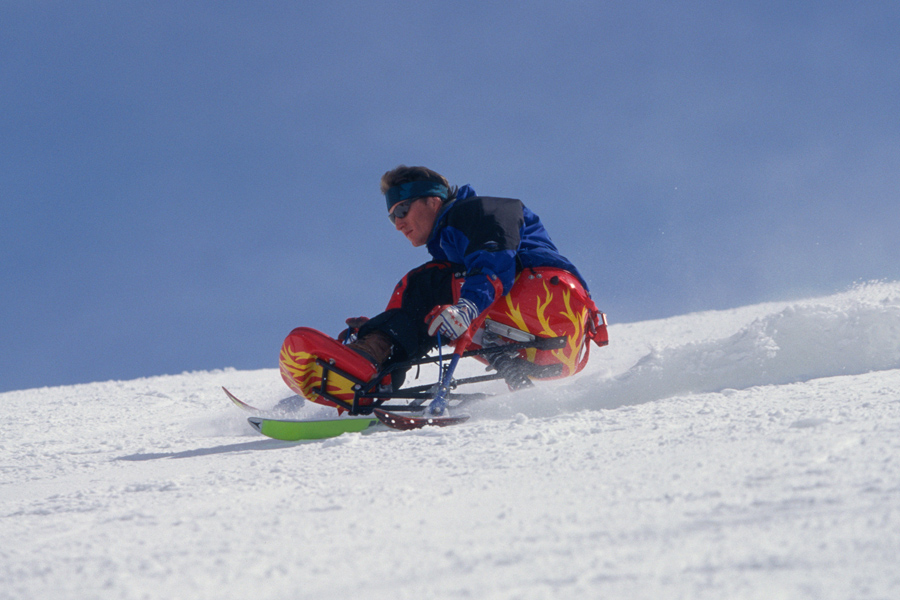
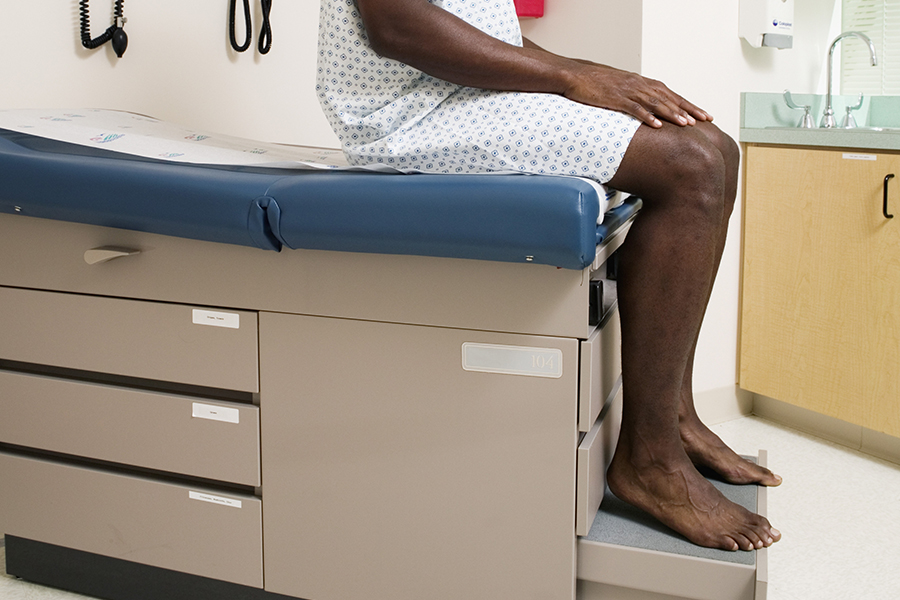
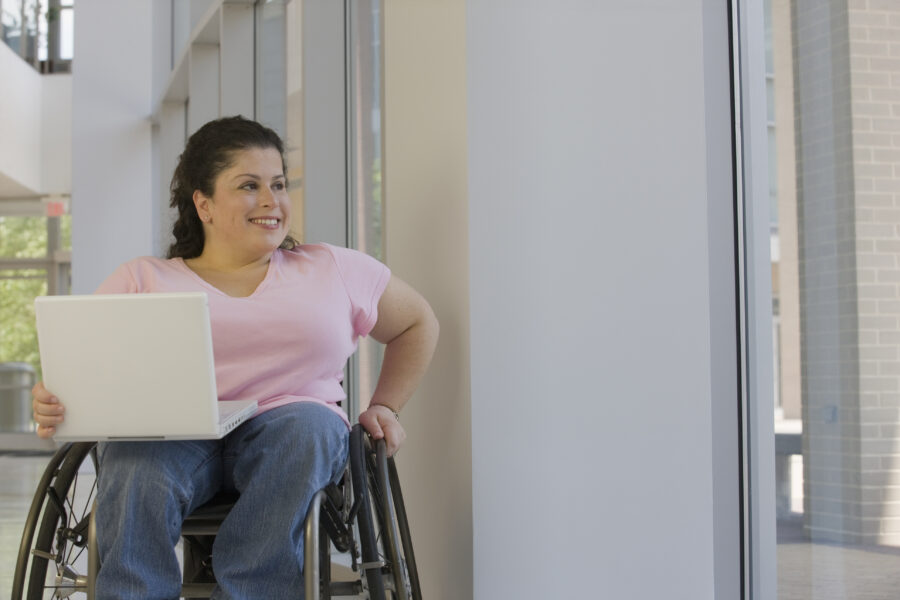
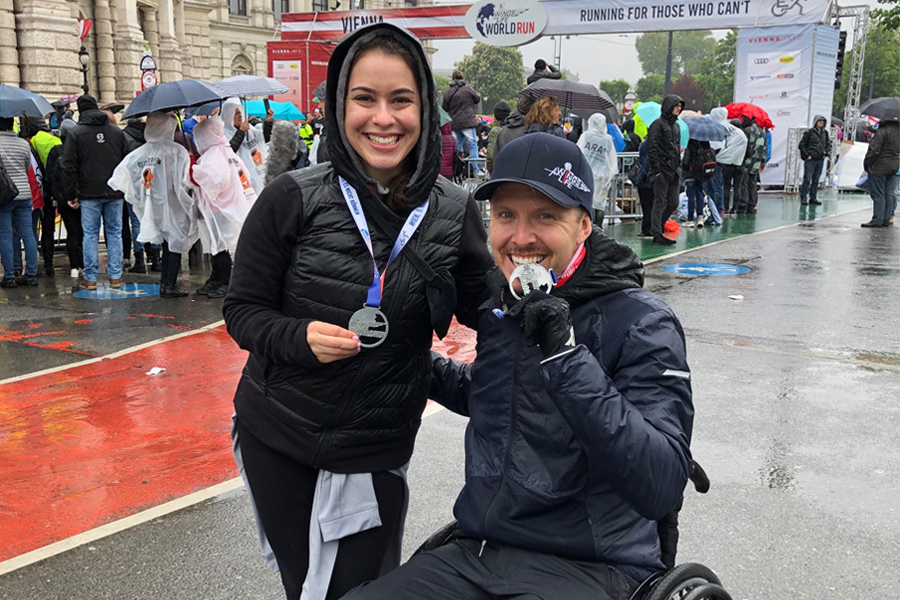
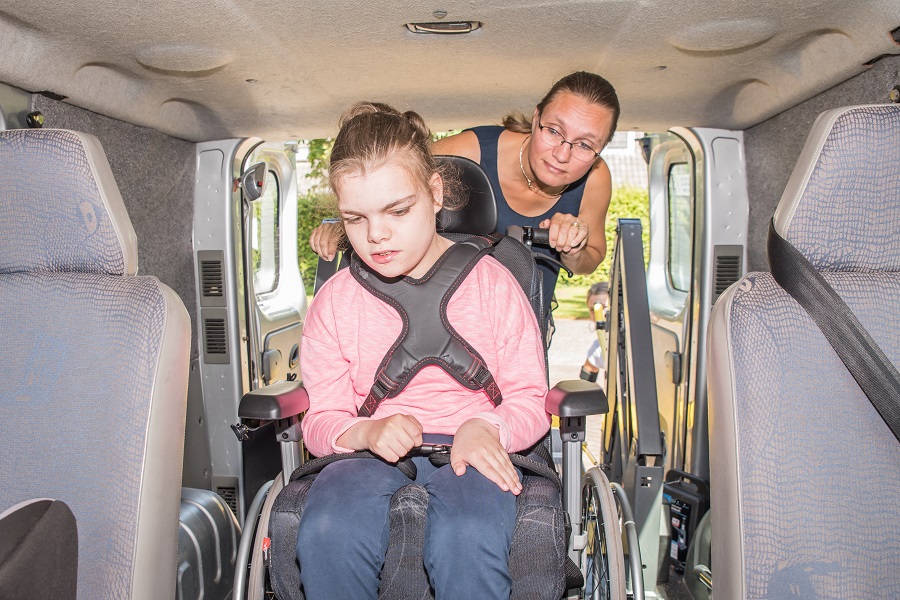

Though my injury was decades ago , I still find my life to be full. I like arts and crafts, spending time with friends, going out.